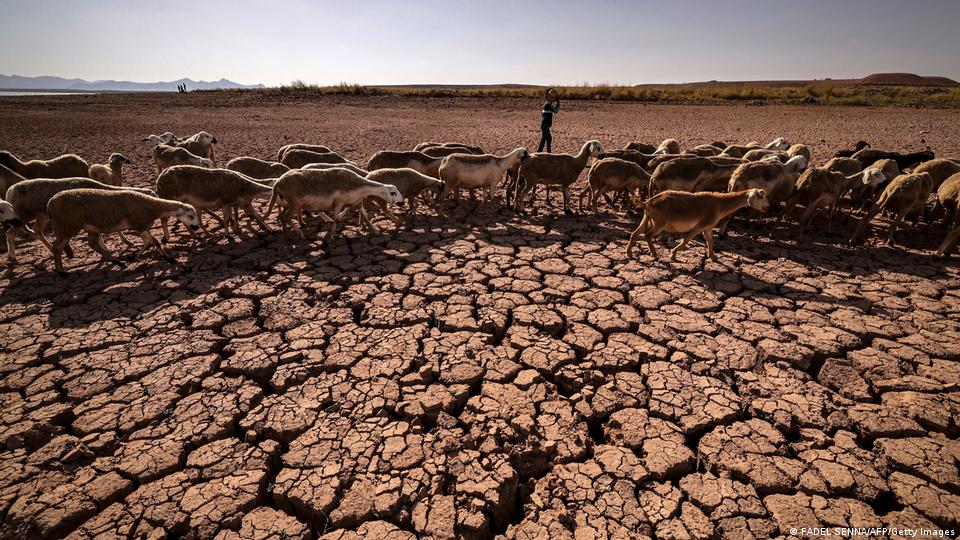There are growing concerns that global temperatures in 2023 can go up further as a warming El Nino event may develop in the coming months, the World Meteorological Organisation (WMO) has suggested in its latest update.
Released on Wednesday, the model predictions and assessment shows the chances of an El Nino phenomenon, the colder counterpart of La Nina that affected temperature and rainfall patterns in different parts of the world, have increased to 35 per cent in May-July this year.
However, the report also suggests that this will be preceded by a period of neutral conditions during March-May, with the likelihood of it continuing beyond May decreasing slightly but remaining high.
El Nino is a natural climate phenomenon that occurs irregularly every two to seven years on average in the tropical Pacific Ocean, leading to the warming of the ocean surface or above-average sea surface temperatures in the central and eastern tropical Pacific Ocean.
Although El Nino often follows a period of La Nina, which is characterised by cooler-than-normal sea surface temperatures in the same region, the last few years have been some of the hottest globally since records began.
Meanwhile, the current La Nina which refers to the large-scale cooling of the ocean surface temperatures in the central and eastern equatorial Pacific Ocean, coupled with changes in the tropical atmospheric circulation and is usually has the opposite effect on weather and climate as El Nino, began in September 2020 with a brief break in the boreal summer of 2021.
However, La Nina has been associated with the persistent drought in the Greater Horn of Africa and large parts of South America, as well as above-average rainfall in southeast Asia and Australasia and a new regional climate outlook issued on 22 February warned that the catastrophic situation in the Horn of Africa would worsen further because the forthcoming March-May rainy season is expected to be poor.
With La Nina now weakening and predictions of El Nino beginning, there are concerns that the coming months may bring more heat as the world inches towards 1.5C global warming.
According to a study last year by the UK’s Met Office, which is WMO’s lead centre for annual to decadal climate predictions, there is a 93 per cent likelihood of at least one year until 2026 being the warmest on record, surpassing the year 2016 is currently the warmest year on record.
“The first triple-dip La Nina of the 21st century is finally coming to an end. La Nina’s cooling effect put a temporary brake on rising global temperatures, even though the past eight-year period was the warmest on record,” said WMO secretary-general Petteri Taalas.
“If we do now enter an El Nino phase, this is likely to fuel another spike in global temperatures,” Mr Taalas noted.
El Nino and La Nina are natural phenomena but they are taking place against a background of a human-induced climate crisis, which is increasing global temperatures, affecting seasonal rainfall patterns and making our weather more extreme.
Story was adapted from the Independent
